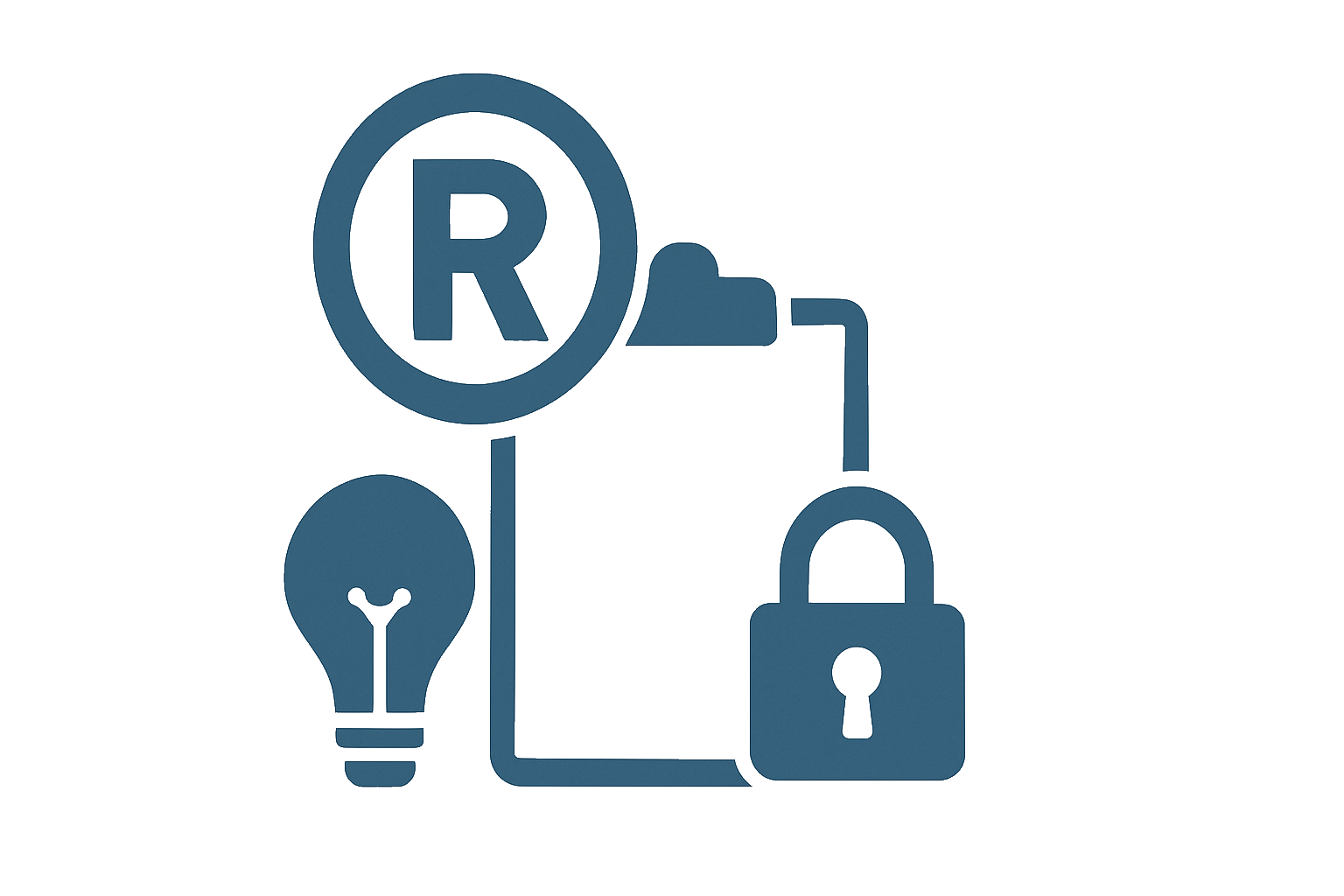📌 Quick Summary
1-Sentence Answer
Email confidentiality disclaimers may sound legally powerful, but they hold no enforceable weight — and overusing them can actually weaken your position.
The Article Overview
This article breaks down why your email footer disclaimer isn’t a legal shield, how it can backfire, and what practical steps can truly protect sensitive information. You’ll also find a sample disclaimer you can use wisely — without pretending it’s a magic legal spell.
❓ Common Questions & Answers
Q1: Are email disclaimers legally enforceable?
A: No. They’re largely symbolic and don’t create binding confidentiality obligations for unintended recipients.
Q2: Should I still include one?
A: Yes, but sparingly. They can serve as a polite reminder, not a legal contract.
Q3: Can disclaimers protect sensitive business data?
A: Not by themselves. Real protection comes from NDAs and internal security policies.
Q4: Do they matter for GDPR or HIPAA compliance?
A: Only marginally. Compliance relies on systems and behavior, not boilerplate disclaimers.
Q5: Can overusing disclaimers weaken your credibility?
A: Absolutely. Recipients may ignore them — or worse, view them as unnecessary noise.
📜 Step-by-Step Guide: What You Should Actually Do
Step 1: Audit Your Email Footers – Check if your current disclaimer adds clarity or just clutter. Simplify and personalize it for relevance.
Step 2: Train Employees – Teach staff that confidentiality starts with behavior, not legalese.
Step 3: Use NDAs for Real Protection – When sharing proprietary information, rely on signed nondisclosure agreements.
Step 4: Segment Communications – Send sensitive data through secure channels, not general inboxes.
Step 5: Use a Sensible Disclaimer – Include a short, respectful reminder — not a wall of intimidating text.

📖 Historical Context
Email disclaimers emerged in the late 1990s, when companies panicked about the legal exposure created by mass email communication. Lawyers, uncertain about how digital messages might be treated in court, began drafting blanket statements to “cover all bases.” These were quickly adopted as best practice — despite having little grounding in actual law.
By the early 2000s, disclaimers had become ubiquitous. Every “This email and any attachments are confidential…” footer was copied and pasted across corporate networks like digital wallpaper. Few realized that no case law had ever recognized these disclaimers as binding on recipients who hadn’t agreed to confidentiality terms beforehand.
In the 2010s, courts in the U.S., U.K., Canada, and Australia consistently dismissed the enforceability of email disclaimers. Judges noted that recipients cannot be legally bound by terms they never accepted. The practice survived mainly as a matter of corporate culture — a mix of legal superstition and misplaced diligence.
🏢 Business Competition Examples
-
Google – Relies on internal security protocols and NDAs, not disclaimers, to protect intellectual property.
-
IBM – Uses brief, purpose-driven disclaimers focusing on sender accountability rather than sweeping confidentiality claims.
-
PwC (PricewaterhouseCoopers) – Modernized their email templates, reducing disclaimers to one concise line for professionalism.
-
Law Firms (e.g., Clifford Chance) – Use disclaimers sparingly, often with jurisdictional references for compliance rather than “protection.”
💬 Discussion Section
Email disclaimers represent the digital equivalent of “Caution: Hot Coffee” — more about perception than legal substance. While they may serve as polite reminders, their overuse diminishes both readability and respect.
The primary legal problem is lack of mutual agreement. Contracts, NDAs, and confidentiality obligations all rely on consent. A disclaimer at the bottom of an unsolicited email doesn’t magically create one. U.S. courts (and their counterparts in the U.K. and Australia) have consistently ruled that disclaimers carry no binding effect on recipients who never agreed to the terms.
Over-reliance on disclaimers can even undermine credibility. When clients or partners see a three-paragraph legal notice after every “Happy Friday,” it signals risk aversion or lack of legal sophistication. Moreover, employees may develop a false sense of security, assuming the disclaimer will “cover them” if they mishandle information.
Instead, the focus should shift to operational confidentiality — access controls, training, encryption, and well-drafted NDAs. The most reputable companies treat disclaimers as decorative, not defensive.
✅ Example of a Practical Disclaimer:
“This email and any attachments are intended solely for the use of the named recipient. If you have received this message in error, please delete it and notify the sender immediately. Thank you for respecting confidentiality.”
This version strikes a balance — courteous, short, and realistic. It avoids false legal claims while reinforcing responsible conduct.
⚖️ The Debate
Side A: “Disclaimers Are Still Useful”
Supporters argue disclaimers serve an ethical and cultural function. They communicate professionalism, protect reputation, and discourage misuse. For international businesses, they standardize tone across jurisdictions and show a commitment to privacy standards.
Side B: “Disclaimers Are Legal Theater”
Critics point out that disclaimers mislead senders into believing they offer protection. They clutter communication, dilute trust, and perpetuate a myth of legal safety. True compliance and confidentiality depend on structure — not signatures at the bottom of emails.

✅ Key Takeaways
-
Email disclaimers hold no legal enforceability.
-
Overuse can weaken professional credibility.
-
Real confidentiality comes from NDAs and secure practices.
-
Keep disclaimers short, polite, and realistic.
-
Focus on employee awareness, not automated legal text.
⚠️ Potential Business Hazards
-
False Security – Staff may rely on disclaimers instead of secure behavior.
-
Cluttered Communication – Long disclaimers reduce readability.
-
Brand Dilution – Excessive legalese makes your brand sound defensive.
-
Missed Legal Protections – Assuming disclaimers replace NDAs can expose sensitive data.
❌ Myths & Misconceptions
-
“Email disclaimers make my message confidential.” → False. No consent, no contract.
-
“Courts respect disclaimers.” → Rarely, and only if contextually relevant.
-
“Everyone uses them, so they must work.” → Common ≠ effective.
-
“They’re required for compliance.” → Only specific industries (like healthcare) require them.
📚 Book & Podcast Recommendations
-
The Email Charter: Communication Without Clutter – https://www.emailcharter.org
-
Talking to Strangers by Malcolm Gladwell – https://www.pushkin.fm/podcast/talking-to-strangers
-
The Lawfare Podcast – https://www.lawfaremedia.org
-
Work Clean by Dan Charnas – https://www.workclean.com
⚖️ Legal Cases
-
Bailey v. Redland Bricks Ltd. (1973) – https://www.bailii.org/uk/cases/UKHL/1973/2.html
Established that disclaimers don’t create obligations without mutual consent. -
Royal Bank of Scotland v. Etridge (No.2) (2001) – https://www.bailii.org/uk/cases/UKHL/2001/44.html
Clarified limits of reliance on implied contractual statements. -
U.S. v. Maxwell (1996) – https://law.justia.com/cases/federal/appellate-courts/F3/45/405/589282/
Confirmed that privacy expectations depend on behavior, not disclaimers.

📣 Expert Invitation
Have your own legal take or business experience with email disclaimers? Share your thoughts at http://inventiveunicorn.com — we’d love to feature expert opinions in upcoming thought pieces.
🔚 Wrap-Up Conclusion
In short: an email confidentiality disclaimer might look impressive, but it’s not a legal safety net. Real protection depends on culture, consent, and communication discipline. Use disclaimers to remind, not to defend. The most professional thing you can write at the bottom of an email? “Thanks for reading.”











